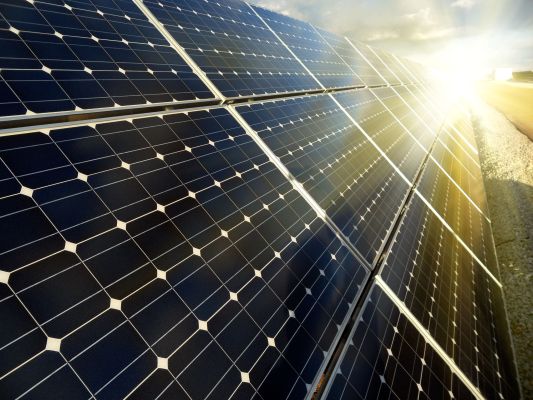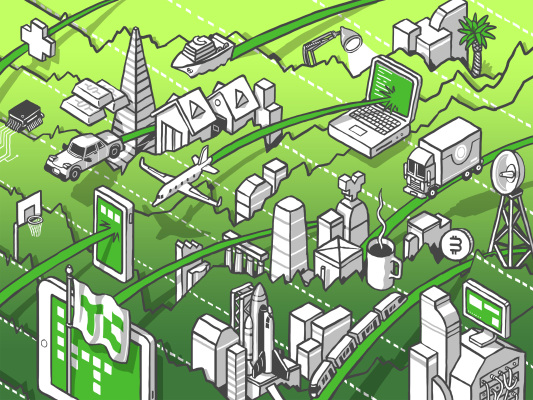Earlier today, Facebook said that it has committed to reducing its greenhouse gas emissions by 75 percent and using 100 percent renewable energy to power global operations at the social networking giant by the end of 2020.
So, while the company may have problems keeping foreign nationals from using the platform for influence operations (or garbage influencers from engaging in influence operations), at least they’ll be doing it with less of an effect on climate change.
Facebook gave itself a well-deserved pat on the back for its pace of acquiring renewable energy. The company bought over 3 gigawatts of new solar and wind energy since its first renewable energy purchase in 2013 (that includes 2.5 gigawatts in the past 12 months alone — a rate of acquisition that makes the intervening years look… well… kind of paltry).
What’s especially good about the Facebook renewable purchases is that they’re not just offset agreements — deals where a company buys renewable energy in some far-flung geography to offset the power they’re buying in local markets that relies on traditional carbon-based fuel sources.
“All of these wind and solar projects are new and on the same grid as our data centers,” the company said. “That means that each of these projects brings jobs, investment and a healthier environment to the communities that host us — from Prineville, Oregon, and Los Lunas, New Mexico, to Henrico, Virginia, and Luleå, Sweden.”
The targets that Facebook is making public today are part of the company’s commitment to the Paris Agreement through the “We Are Still In” initiative, the company said.
For Facebook, the announcement is something of a victory lap. Back in 2015, the company set a goal of having 50 percent of its power supplied to facilities from renewable energy sources by 2018. It actually hit that target in 2017.










